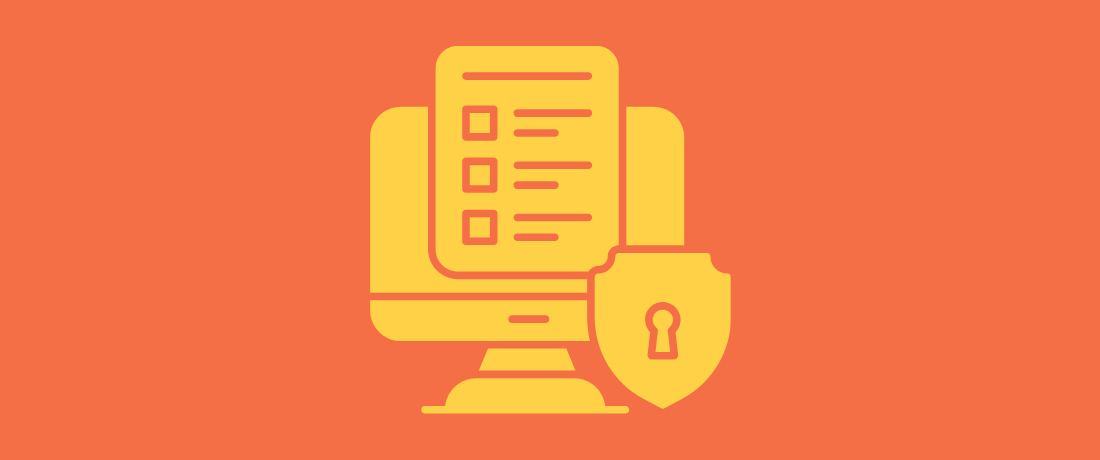Blog
WordPress Security Checklist: Protect Against Hacks

WordPress Security Checklist: Safeguarding Your Site from Hacks
In today’s digital landscape, securing your WordPress site is more critical than ever. With cyber threats on the rise, it is essential to implement robust security measures to protect your content and audience. Here’s a comprehensive checklist that will guide you in fortifying your website against potential hacks.
Understanding WordPress Security Vulnerabilities
Before diving into solutions, it’s crucial to understand the common vulnerabilities that WordPress sites face. These weaknesses can stem from outdated plugins, themes, or the core WordPress software itself. Additionally, poor password management and unsecured hosting environments can leave your site exposed. Recognizing these vulnerabilities is the first step toward effective protection.
1. Keep WordPress Core, Themes, and Plugins Updated
One of the simplest yet most effective ways to enhance security is to ensure that your WordPress core, themes, and plugins are always up to date. Developers frequently release updates that patch known vulnerabilities, so staying current helps defend against potential attacks.
Steps to Update Your Site:
- Regularly check for updates within your WordPress admin dashboard.
- Enable automatic updates where feasible to minimize manual oversight.
- Create backups before running updates, ensuring you can restore your site in case something goes wrong.
2. Use Strong Passwords and Two-Factor Authentication
Weak passwords are a major contributor to successful hacking attempts. Ensuring that all users have strong, unique passwords is essential for maintaining site integrity.
Implementing Strong Passwords:
- Use passwords that are at least 12 characters long, containing a mix of upper and lower case letters, numbers, and special characters.
- Utilize a password manager to generate and store complex passwords securely.
Adding Two-Factor Authentication:
Two-factor authentication (2FA) adds an additional layer of security by requiring users to verify their identity through a secondary method, such as a mobile app or email.
3. Limit Login Attempts
Brute-force attacks, where hackers try numerous combinations of usernames and passwords, can compromise your site. To mitigate this risk, limit the number of login attempts allowed.
How to Limit Login Attempts:
- Use plugins that help control and limit login attempts.
- Set up IP blocking for repeated failed login attempts.
4. Implement SSL Encryption
Secure Sockets Layer (SSL) certificates encrypt data between your server and users, providing a secure channel for information exchange. This is especially important if you handle sensitive information.
Benefits of SSL:
- Enhances user trust by displaying a padlock icon in the browser.
- Improves SEO rankings as search engines prioritize secure sites.
5. Choose a Secure Hosting Provider
Selecting a reputable hosting provider is vital for the security of your WordPress site. Poor hosting services can expose your site to various vulnerabilities.
What to Look for in a Hosting Provider:
- Reputation: Research hosting companies with a strong track record of security.
- Support: Ensure they offer 24/7 customer support to address security concerns promptly.
- Backup Solutions: Look for hosts that provide automated backup solutions.
6. Regular Backups
Even with the strongest security measures in place, it’s crucial to regularly back up your site. In the event of a breach or data loss, having recent backups can save you hours of work.
How to Manage Backups:
- Use reliable plugins to automate the backup process.
- Store backups in multiple locations (e.g., cloud storage and local drives) for added security.
7. Secure Your wp-config.php File
The wp-config.php file contains sensitive information related to your database and site settings. Securing this file is essential.
Steps to Secure wp-config.php:
- Move the wp-config.php file to a higher directory level on your server.
- Set proper file permissions to restrict access.
8. Disable Directory Listing
Prevent hackers from viewing the files in your directories by disabling directory listing. When enabled, this feature can provide attackers with vital information about your site’s structure.
How to Disable Directory Listing:
- Add the line
Options -Indexesto your.htaccessfile. - Use security plugins that provide this feature as part of their suite.
9. Monitor User Accounts
Regularly reviewing user accounts can help detect any unauthorized access. Limit user roles to only what’s necessary for their tasks.
Best Practices for User Account Management:
- Regularly audit user roles and permissions.
- Delete any inactive accounts to minimize potential vulnerabilities.
10. Use Security Plugins
Incorporating security plugins into your WordPress setup can provide comprehensive protection. These plugins can help with firewall protection, malware scanning, and brute-force attack prevention.
Recommended Security Plugins:
- Wordfence Security
- Sucuri Security
- iThemes Security
11. Regularly Scan for Vulnerabilities
Conducting regular scans for vulnerabilities is an essential aspect of maintaining site security. Many plugins can automate this process to notify you of any potential threats.
Key Steps in Scanning:
- Schedule routine scans to identify and rectify issues promptly.
- Address vulnerabilities immediately based on scan reports.
12. Educate Users and Contributors
Finally, educating everyone who has access to your WordPress site is crucial for maintaining security. Conduct regular training sessions on best practices for online security.
Topics to Cover:
- Importance of strong passwords.
- Recognizing phishing attempts and social engineering tactics.
- Reporting suspicious activity promptly.
Conclusion
Securing your WordPress site is an ongoing process that requires vigilance and proactive measures. By following this comprehensive checklist, you significantly enhance your site’s defenses against potential hacks. Implementing these strategies not only protects your content but also builds trust with your audience, ensuring a safe and secure browsing experience. Stay informed, stay updated, and keep your WordPress site protected.

